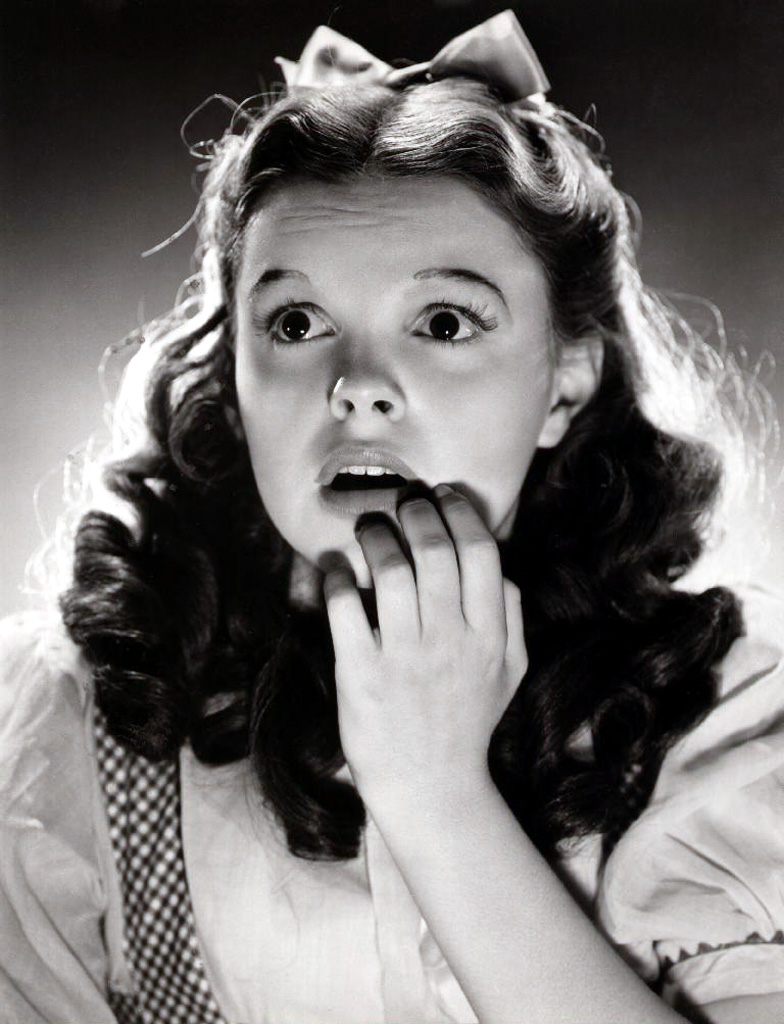
The Wizard- the master behind the curtain manipulating the world through which Dorothy travels- is the other side of the coin. The God in the machine, the architect of the matrix that has through training, research and experience has learned the ins and outs of how the mechanics of the medium work and can be applied toward the work you are attempting to create.While it is from Dorothy we find our inspiration to make work, it is through the Wizard that the work gets made well. One can achieve a completed tale without both, but it seldom ever works as a final piece, if ever. You need both, and both in a deep and fully engaged way that also set up straps for losing yourself inside of each to the cost of the story you are attempting to craft. Below are further definitions and advice that may help you to navigate both shoals successfully without crashing to hard against them. Fair warning- this is an entirely personal and subjective thing and as such, the specifics are unique to each creative person. So find your own way, but take heed from us old farts as we have gone through this vale already and can point to some common sign posts along the way. So set the controls for the heart of the sun and let’s do this:
This is the easy one. You are Dorothy already- everyone who reads a book, watches a movie is a Dorothy. Dorothy is the cipher by which we move through the world created by the writer/artist whether it’s a simple single painting or a ten thousand page epic poem. As Dorothy you are the leaf on the stream pulled by the current of the piece you are witnessing. You need to be this as a reader, and the writer/artist requires that you are in order to enjoy and engage fully with the narrative the creator is putting together for your benefit.
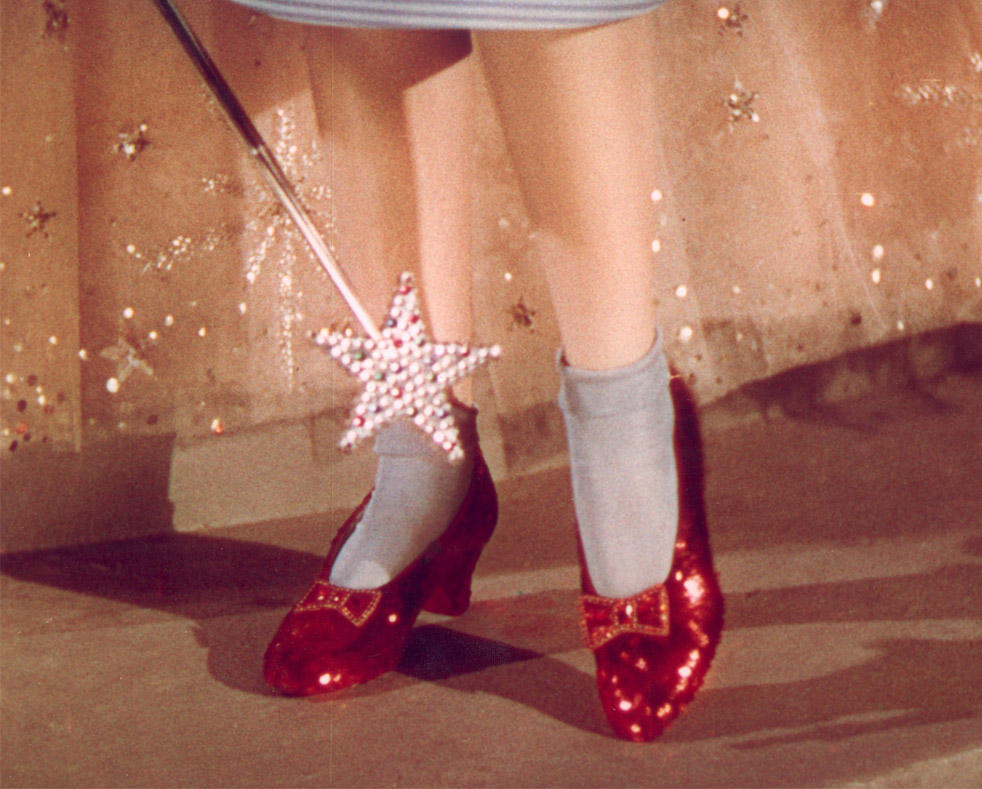
While anyone reading a piece can be Dorothy alone, the maker cannot in order to make a piece worth tricking the reader or viewer into being Dorothy. Being The Wizard means learning how the construct of the thing your doing works. Think of it like the mechanic of the car, which is your story, and Dorothy is its passenger. In order for the car to go anywhere it needs to being in working order and that requires someone to build and maintain a working vehicle that propels the passenger through the world. Without it, you simply aren’t going anywhere. You learn to be the Wizard at school, through learning and through deciphering a piece of art. it is the technical requirements and specifics you need to achieve in order to know how timing, place, character and setting exist together. It is how oils mix, should be applied and preserved and the preparations of the canvas that allow the piece to hold itself together. It is the training that informs the actor, the long hard constructive work that allows a comic to stand on a stage to be funny in a seamlessly casual manner that seems unrehearsed, despite the hours of rehearsal that goes into each and every act. No good or thoughtful piece of work exists without a well trained and effective Wizard.
But there’s a danger to The Wizarding ways too- it can kill your inner Dorothy. Or rather, it can make her forgotten and distant. It can and wants to turn into a technocrat. A watchmaker rather than a storyteller. And let’s face it, all good art, whatever the forum or medium is about storytelling. You can function and even excel at your tale without having Dorothy at your side, but the glass ceiling inherent in this one sided approach will prevent you from every reaching greatness with it. The strictures and rules and DNA encoding required of the Wizard inherently divorce her from the proceedings. God cannot build the world while in the world. He can visit later and even lose himself to it, but the act of creating the world requires his absence from its moment to moment linear events. The Wizard is basically and truly academic. Its where a cogent reviewer operates from, and while it’s important to learn those tricks and mechanical realities of your medium, it is just as important to unlearn them when you need to. What school or any class gives at its best ebb, is the tricks and ways of being the best Wizard you can be. The real and final trick is not losing Dorothy entirely while doing so, and knowing when to utilize one or the other, and why.
So. Now you have both ends of the creative race understood and covered. There’s variations on this here and there obviously, and again, it is ultimately a landscape subjective and unique to your own sensibilities. But the best creative, the artist at the zenith of his or her power is the one that knows how to be both at once, or alone when needed. You need to learn when to surrender yourself to Dorothy so that you can check the workings of your world, but you also have to know when to turn her off, rise above the map and fix the things that aren’t working, and learn from those aspects that are.
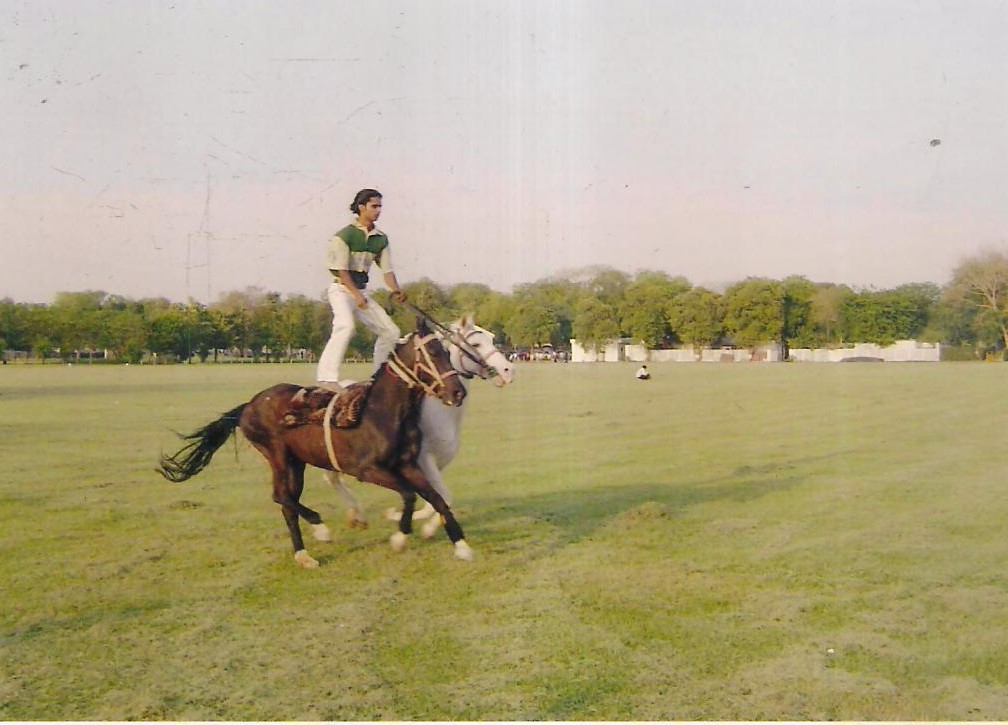
The reason I can now divest myself of my Wizard mind while watching an hour long, or reading a comic or novel now, is I think for me, because Dorothy will not be put into a corner for long. She has risen back up so that I can witness the tale again as it is intended to be witnessed. Yes, sometimes I enjoy a show, film or book because I adore dissecting how it’s made or expressed, but I also need to lose myself to the sweep of the tale being told, otherwise it is an empty exercise. This comes from being able to reconcile the roles and abilities of both Dorothy and The Wizard. Not doing this dooms you to the see saw of back and forth that creates clunky incohate work
Ignore the fear of losing Dorothy as you learn the ways of The Wizard. Usually we do end up dancing with them that brung ya, and returning to the core of why we met with and engaged with the art-form we are learning to execute professionally. It is the source from which we cam and is and should be ever present. We can phone in a job using the Wizard, but one can never dismissively phone in Dorothy. SO even as you climb through academia, and take on the ideas and points of view of your professors, teachers and guides, don’t forget the need to unlearn it all so that when you need the knowledge, it’sa there waiting for you like tools in a well kept carpenter’s studio. But likewise never forget the value of that learning. Someone like Chris Ware dosen’t draw simplified cartoonish characters because he doesn’t know how to draw anything else- quite the opposite. Chris can draw in a near Rembrandt classical style to beat the band. He chooses to make comics in the way he does because he understands how they are best effective as a means through which he can tell his story. That’s the part of him that’s being a good Wizard. The heart and pain and biographical reveal of the characters and events of the story that make these constructed cartoons feel so real and true, that’s Chris being the best Dorothy. You have to learn how to fly without forgetting how to walk, and know the difference between the two when the need arises.
Learn to be critical of your work without succumbing to being a critic. Be creative and creatively interrogative. You have to plan and coordinate but remain open to being surprised and inspired by your work so you are motivated towards doing it again. You have to be in the balloon soaring upward and on the ground with the tether to reel the balloon back in. It’s a schizoidal thing to do, I know, but it’s essential to making good work, and then more importantly, doing it again.


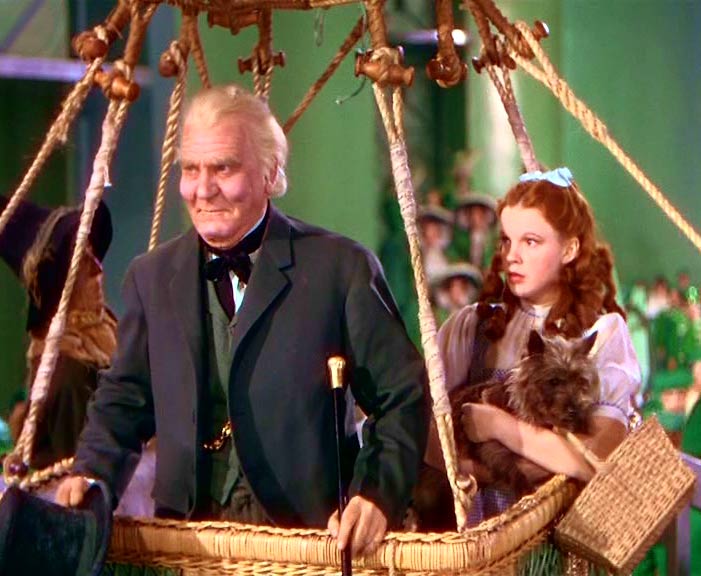
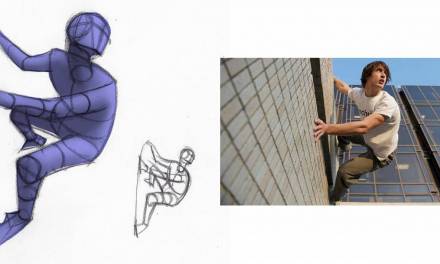

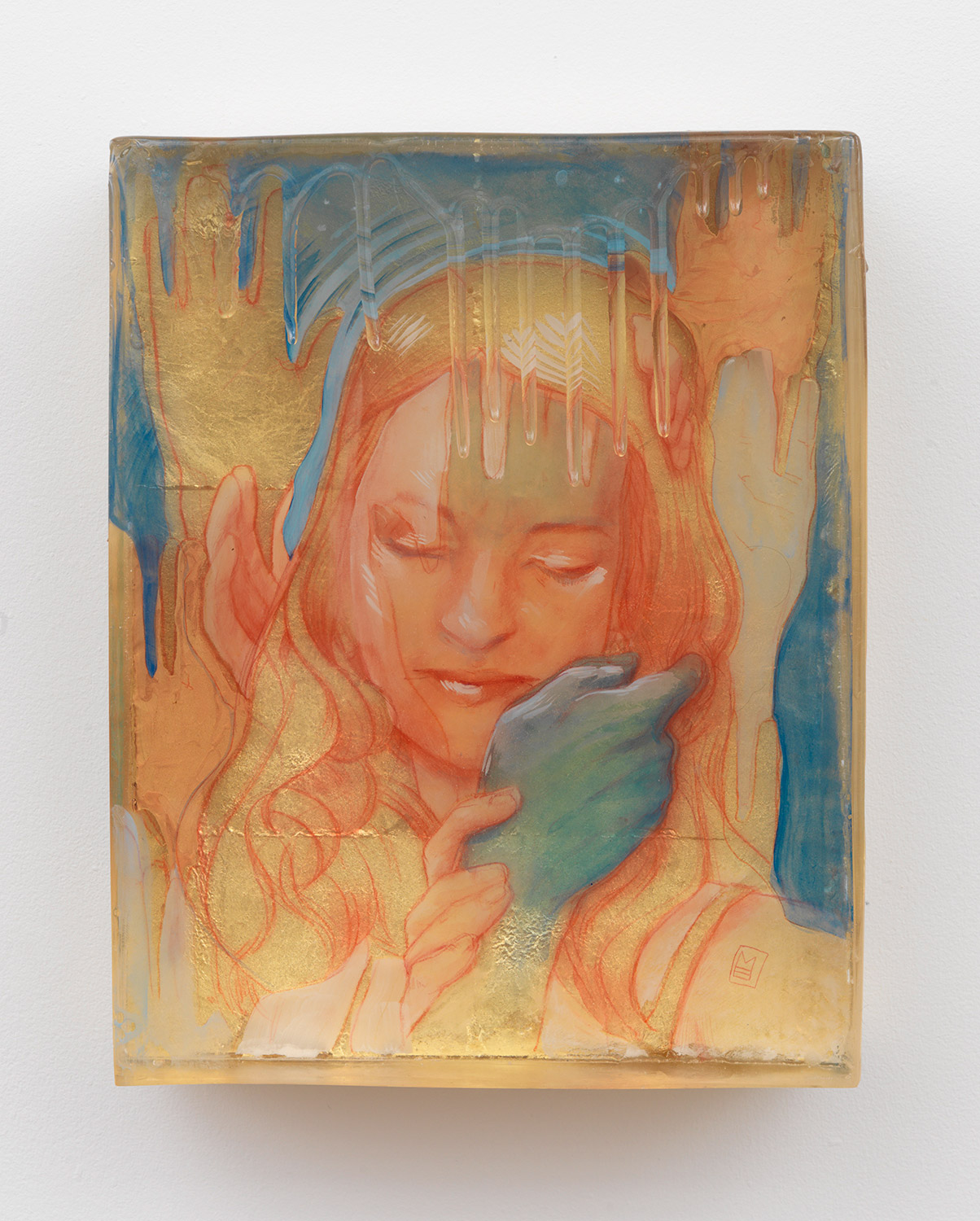
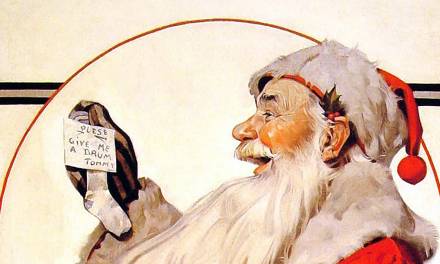

Great metaphor. Be explorer and engineer, use both halves of the brain – creative and analytical one. Thank you for an article. Difficult path but so many adventures ahead 🙂